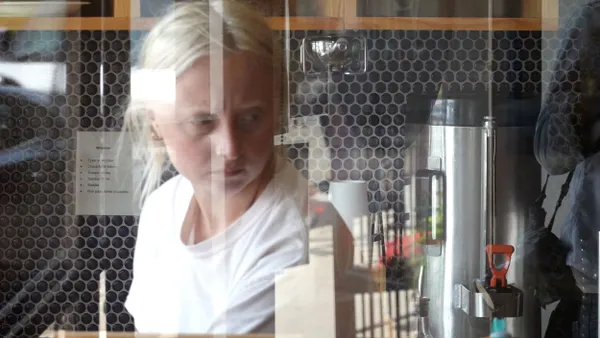Remote work champions and advocates for full-time office re-entry share some common ground: Neither party knows for certain what the future holds. Collective hope for post-Labor Day grand re-openings have been dashed as the delta variant rips through the U.S. In an August 2021 Korn Ferry survey, 54% of surveyed professionals said their company has changed return-to-office plans in response to the uptick in COVID-19 cases.
When asked when they thought they’d go back to the office full-time, 20% of respondents said they’re already working in their office full-time. Thirteen percent said they’d return in the fall and 13% said by the end of the year. Twenty-two percent said they’d return by 2022 and 32% said simply "never."
The return-to-work vision isn’t uniform either: 32% of respondents said their employer will require vaccination or a negative COVID-19 test to return to the office, and 73% said their employer is requiring masks inside the office.
A noteworthy tidbit from the study's press release said that "most organizations [had] been very successful at maintaining or even improving employee productivity." This finding may be surprising, given that many employers are worried about remote work fostering lackluster engagement and causing productivity to tank. Elise Freedman, Korn Ferry’s organization strategy and workforce transformation practice leader, cited a few reasons why remote and hybrid work can actually bolster productivity and boost engagement.
"One of the things that people [who] are working [virtually] have found is less distractions," Freedman said to HR Dive. "You can put yourself in a quiet place and work without the interruptions, for bad or good, of colleagues." She also said the lack of commute has caused people to work more hours, but that phenomenon doesn’t come without its flaws.
"You're seeing a lot of people who were starting a little bit earlier and ending a little bit later, because they're not having to deal with managing [the] getting back and forth. In some cases that's driving productivity, but what organizations have to be careful of [is] that doesn't also drive burnout," she said.
The proliferation of intentional time with managers has also helped with remote worker engagement, Freedman explained. In office settings, interactions between employees are more organic, but also more casual. "You might have had less need to set up formal meetings, because the manager could just stop by and tell you something quickly, or you'd see each other and say 'Hi,'" Freedman said.
Because of this, many managers are setting up more check-ins, which gives conversations about goals and objectives more structure. Likewise, employees can receive more consistent, direct feedback on their work through these video meetings. And even then, touching base isn’t all business. And it shouldn’t be, Freedman said.
Americans have been more candid about their kids, their pets, their quarantine reads and lockdown movie marathons, Freedman said, allowing them to get to know their colleagues in a more intimate, authentic way.
Employers should be using this momentum to nurture their workforce’s mental health, Freedman said. "Check in on people. ‘So, how are you doing? I know you've got a lot on your plate. Tell me about how things are going. Is there anything else I could be doing to better support you?’" she offered.
"That's how people are going to manage the stress and the burnout," she continued. "And the frustration with, ‘It's looking better, now it's looking worse, and then it's looking better and then now we've got natural disasters and political unrest.’ You know, [there’s] been a lot hitting people. I do think human connection is so important, but I think a lot of people have found out how to do that even virtually."













